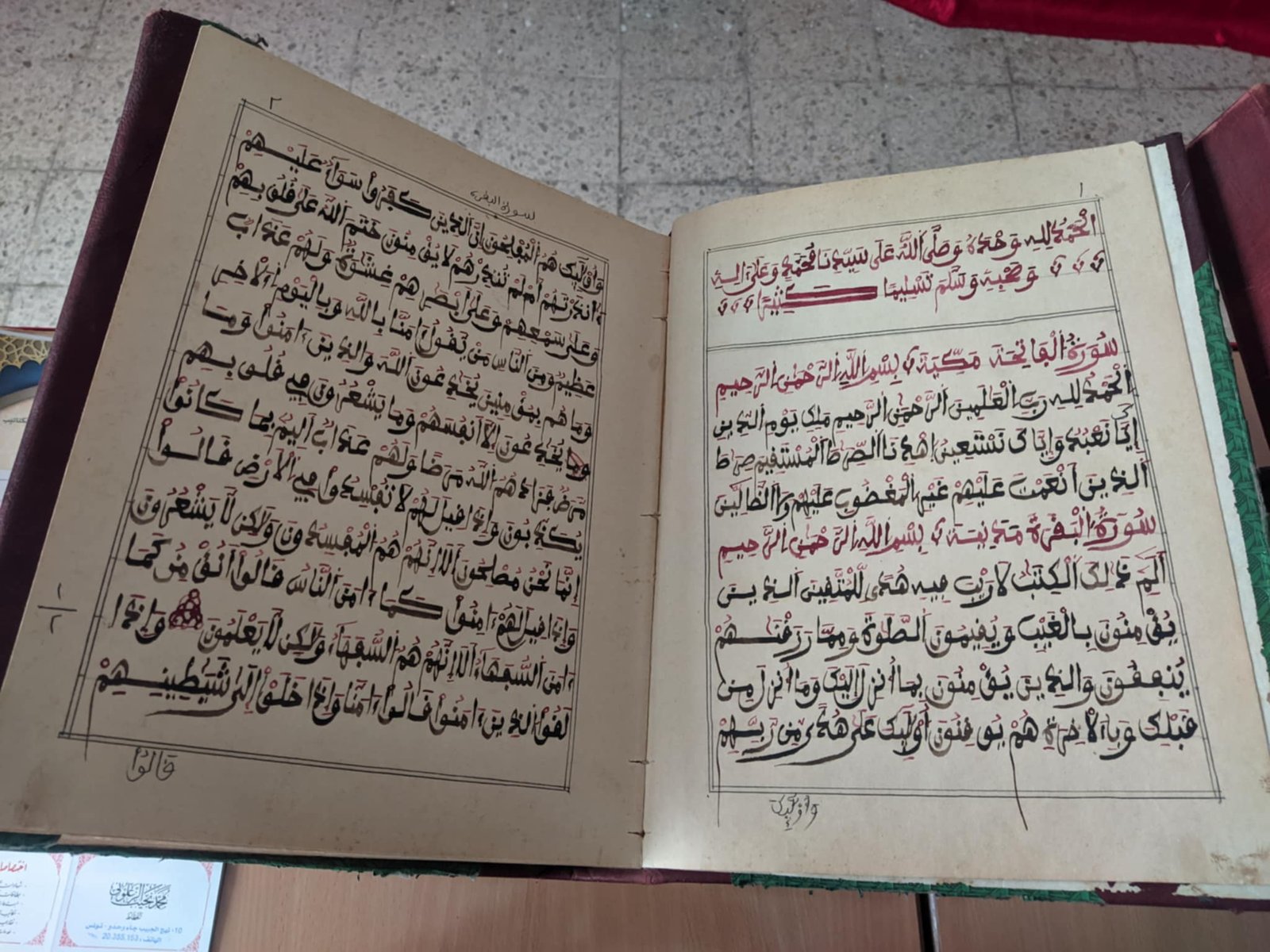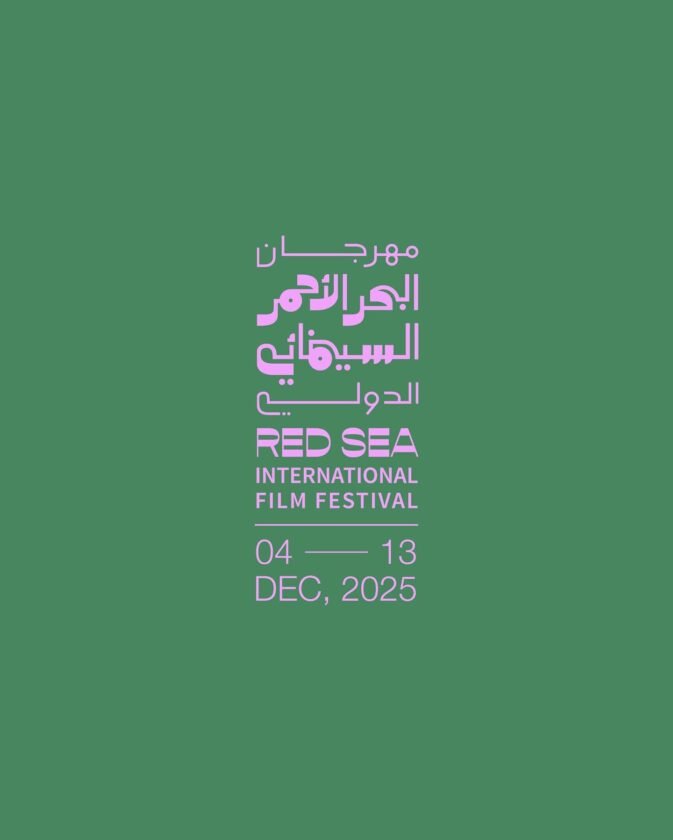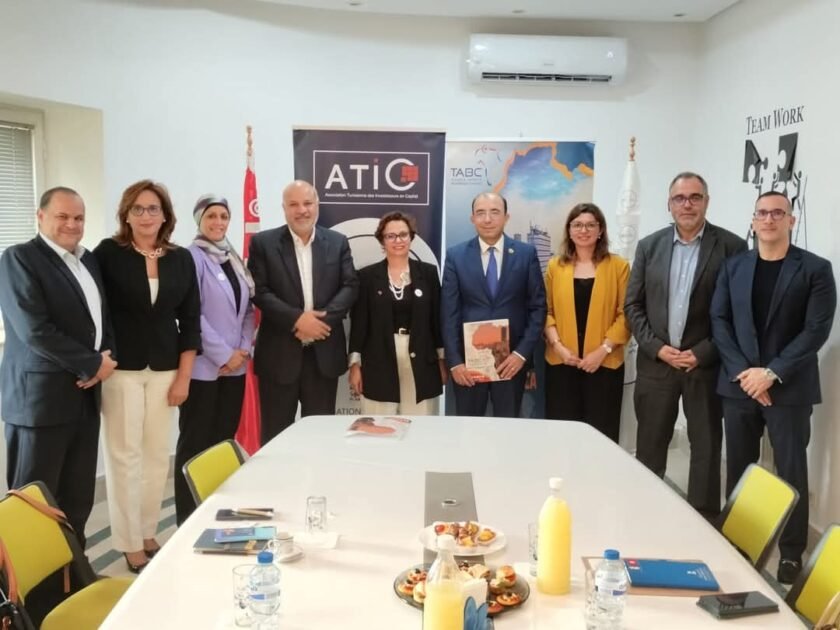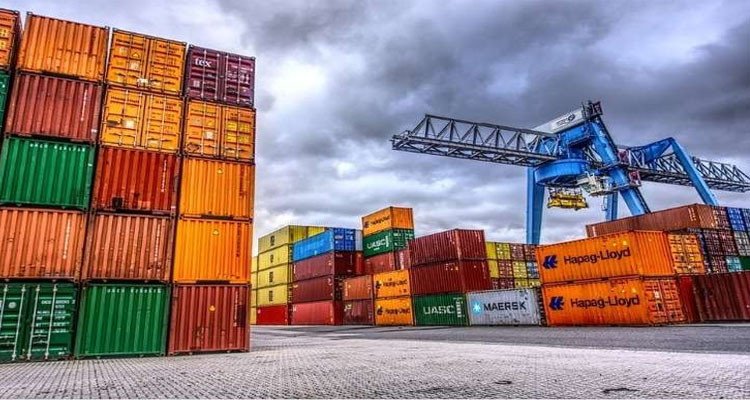The Tunisian Ministry of Islamic Affairs, which organized the exhibition, was keen to collect rare copies of the Quran from various Tunisian governorates, noting that among the Qurans on display, Some were written during the Ottoman era, some were written in gold calligraphy, and some contain a manuscript that is considered a reference in the Tunisian recitation of the Quran.
According to a statement by the Ministry of Islamic Affairs, the exhibits are rare masterpieces of the Holy Quran, accompanied by descriptive cards that enable the visitor to closely identify several types of calligraphy, ” Zeitouni calligraphy, Moroccan calligraphy, Kairouani calligraphy, Mabsut calligraphy, and types of narration, Qaloon narration, Rashsh narration, Hafs narration, and Hafs narration.
The exhibition also included an Arabic calligraphy workshop prepared by calligrapher Mohamed Najib Zaalouni, who specializes in writing Qur’ans, which included a set of beautiful paintings that contained entire suras of the Holy Qur’an with amazing accuracy.
The exhibition is an opportunity to learn about the stages of the development of the Tunisian Qur’an from manuscript to printing and a chance to access a history that refuses to be forgotten in the month in which the Qur’an was revealed.
TunisianMonitorOnline (Douha Saafi – English NejiMed))




